A Collector’s Journey: Embracing the Spirit and Artistry of Native American Figurines
The enduring legacy of Native American cultures has long captivated the imagination of collectors worldwide. For many, this fascination finds a tangible form in the world of Native American figurines. These sculptures, ranging from commercially produced collectibles to breathtaking works of fine art, offer a window into the rich diversity of Indigenous traditions, beliefs, and artistic expressions.
The landscape of collecting Native American art has evolved significantly over the years. What was once a market dominated by non-Native interpretations and mass-produced items has now blossomed into a vibrant scene that celebrates the authentic voices and incredible talents of contemporary Indigenous artists. For the modern collector, this presents a unique opportunity: to not only acquire beautiful objects but also to engage with a living culture in a respectful, ethical, and meaningful way.
This guide will take you on a journey through the world of Native American figurines, from the classic collectibles that many are familiar with to the stunning contemporary sculptures that are pushing the boundaries of the art form. We will explore the different styles and materials, delve into the crucial topic of ethical collecting, and provide you with the knowledge you need to build a collection that is both beautiful and culturally responsible.
Chapter 1: The Essential Foundation of Ethical Collecting
Before admiring a single piece, the modern collector has a responsibility to understand the legal and ethical landscape of this art form. The history of Native American art is unfortunately intertwined with exploitation and misrepresentation. Today, federal law and a strong community of artists and allies work to protect this heritage.
The Indian Arts and Crafts Act (IACA) of 1990
This is the most important law in the world of Native American collecting. The IACA is a federal “truth-in-advertising” law designed to protect Native American artists and prevent fraud.
- What It Does: The IACA makes it illegal to “offer or display for sale, or sell, any art or craft product in a manner that falsely suggests it is Indian produced, an Indian product, or the product of a particular Indian or Indian tribe… resident within the United States.”
- Who Qualifies as “Indian”? Under the Act, this term is legally defined. It refers to an artist who is a member of a federally or state-recognized Native American tribe or an artisan who has been formally certified as such by a tribe.
- What It Means for Collectors: If a tag, sign, or website claims a piece is “Native American Made,” “Hopi Carved,” or “Cochiti Pottery,” it must be. Phrases like “Native-style,” “Indian-inspired,” “Southwest-style,” or “in the manner of” are deliberate marketing terms used for items not made by Native artists.
Cultural Appropriation vs. Cultural Appreciation
Beyond the law, there is the spirit of collecting.
- Cultural Appropriation is the act of taking or using elements from a minority or marginalized culture without permission or understanding. In this context, it includes the mass production of stereotypical “Indian” trinkets (like plastic “peace pipes” or war bonnets), the use of sacred symbols out of context, and the romanticized, often inaccurate portrayal of Indigenous peoples.
- Cultural Appreciation is the respectful and informed engagement with a culture. In collecting, this means learning about the history, seeking out authentic art, and, most importantly, directly supporting Native American artists and their communities.
How to Be an Ethical Collector
- Buy Directly from the Artist: This is the best practice. Visit juried art markets where you can meet the artists, ask about their work, and ensure 100% of the support goes to them.
- Shop at Reputable, Native-Owned Galleries: Seek out established galleries that have long-standing relationships with the artists they represent.
- Ask Questions: A reputable seller will be proud to answer. “Who is the artist?” “What is their tribal affiliation?” “Can you tell me more about this piece?” If a seller is vague or evasive, that is a major red flag.
- Look for a Signature: Most authentic, contemporary Native art is signed by the artist, sometimes with their name and tribal affiliation.
Chapter 2: Authentic Figurative Art – The Hopi Kachina Doll (Katsina Tithu)
Perhaps the most famous—and most misunderstood—of all Native American figurines are the Hopi Kachina dolls. To the Hopi people, these are Katsina tithu, and they are not “dolls” in the Western sense of being toys.
The Deep Cultural Significance
Katsina tithu are sacred, educational, and spiritual objects. They are the physical representations of the Katsinam (the plural of Katsina), the hundreds of spirit-beings who visit the Hopi mesas from the winter solstice until July. These spirits are intermediaries between the human and spiritual worlds, bringing blessings, rain, fertility, and social order.
The carved figures are traditionally given to Hopi girls during ceremonies. They are hung on the walls of the home to serve as constant, tangible reminders of the spirits and the complex Hopi cosmology, teaching the children to recognize the more than 500 spirits and the beliefs they embody.
Identifying Authentic Katsina Tithu
Authenticity is paramount. Here are the key features of genuine Hopi (and Zuni) carvings:
- Material: This is the #1 identifier. Authentic Katsina tithu are always carved from the root of the cottonwood tree (populus fremontii). The cottonwood grows only where there is water, a precious and sacred resource in the high desert, and its lightweight, porous wood is considered a conduit for the spirits.
- Carving Style: In high-quality, authentic carvings, the entire figure—the mask (tableta), the regalia, the items held in the hands—is carved from the single piece of cottonwood. Nothing is glued on.
- Painting: Traditionally, carvers used natural, hand-ground mineral and vegetable pigments. While many contemporary carvers use modern acrylics, the painting is typically subtle and precise.
The Evolution of Carving Styles
The style of Katsina carvings has evolved, and collectors often focus on a specific period:
- Early Traditional Period (pre-1910s): These are the earliest forms, often called “putsqatihu.” They are very simple, flat, or minimally carved, with a rigid, symbolic form. Arms are typically just painted on.
- Late Traditional Period (1910s-1930s): The figures become more cylindrical and three-dimensional, but the arms are still carved rigidly against the body or only slightly away.
- Early Action Period (1930s-1940s): Under the influence of the new tourist market, carvers began to create more naturalistic poses, carving arms and legs free from the body and suggesting movement.
- Late Action / Contemporary Period (1945-Present): This is the era of the “master carver.” These are no longer just educational tools but true sculptures. They exhibit incredible realism, anatomical precision, and a dynamic sense of motion, with intricate details carved into the regalia.
How to Spot Fakes and “Native-Style” Replicas
The market is flooded with fakes, often mislabeled as “Navajo Kachinas” (a non-traditional, commercial form) or “Route 66” dolls. Here are the red flags:
- Wrong Wood: They are often made of pine, balsa wood, or other non-cottonwood.
- Add-ons: This is the easiest way to tell. Fakes are heavily decorated with non-carved elements: large, fluffy chicken feathers, rabbit fur, plastic beads, leather, yarn, and turquoise nuggets.
- Bright, Garish Paint: Fakes often use overly bright, sloppy acrylic paint.
- “Made in…” Stamp: Any piece with a stamp or sticker indicating factory production (e.g., “Made in China”) is an obvious replica.
Chapter 3: Authentic Figurative Art – The Pueblo Storyteller Doll
The Pueblo Storyteller is a beloved and iconic form of Indigenous pottery that, unlike the ancient Katsina, is a celebrated modern tradition with a specific and documented origin.
The Origin: Helen Cordero and the Cochiti Pueblo
The Storyteller figurine was created in 1964 by a master potter from the Cochiti Pueblo, Helen Cordero. She was inspired by the traditional “Singing Mother” pottery figures (a mother holding one or two children), but she wanted to create a piece in honor of her grandfather, Santiago Quintana, who was a great storyteller.
She adapted the form, creating a male figure with his eyes closed and his mouth open in song or speech, and absolutely covered him in small children—climbing on his shoulders, sitting in his lap, all listening intently. She called him a “Storyteller.”
The Cultural Significance
The Storyteller is a profound physical celebration of the oral tradition, which is the bedrock of Pueblo culture. It is a visual representation of the vital act of passing stories, history, language, and cultural values from one generation to the next. The open mouth is the portal for the story, and the many children represent the community and the future.
Identifying Authentic Pueblo Storytellers
- Material: Authentic Storytellers are made from Pueblo clay, which is hand-dug, hand-coiled (not thrown on a wheel), and often fired in a traditional, outdoor firing.
- Paint: They are painted with natural, hand-ground pigments derived from minerals and plants, such as bee-plant black and iron-oxide red.
- Signature: Virtually all authentic Storytellers are signed on the bottom by the artist, often with their name and pueblo.
- Form: The defining features are the open mouth of the central figure and the presence of many children (or sometimes animals, in “Animal Storytellers”).
The Legacy and Evolution of the Form
Helen Cordero’s creation was an immediate sensation, and the tradition was embraced by her family and other potters at Cochiti and beyond. Her son, George Cordero, and daughter-in-law, Buffy Cordero, became noted artists.
Today, many master potters from various pueblos create Storytellers. Families like the Ortiz, Naranjo, Suina, and Trujillo families of Cochiti are famous for their work. The form has also inspired contemporary artists, most notably Virgil Ortiz (Cochiti Pueblo). Ortiz has taken the figurative pottery tradition and transformed it into an avant-garde, futuristic art form, creating rebellious characters based on the Pueblo Revolt of 1680.
Chapter 4: Authentic Figurative Art – Bronze and Contemporary Sculpture
This category represents the shift of Native American art from “craft” to the global stage of “fine art.” These sculptures, in bronze, stone, or clay, are powerful statements of history, identity, and personal vision.
The “Godfather”: Allan Houser (Chirihua Apache, 1914-1994)
No discussion of modern Native sculpture is complete without Allan Houser. He is widely considered one of the most important American artists of the 20th century.
- His Influence: As an artist and a co-founder of the Institute of American Indian Arts (IAIA) in Santa Fe, Houser essentially created the curriculum for contemporary Native American art.
- His Style: Houser’s genius was in his fusion of traditional Native themes with Modernist aesthetics. He was deeply influenced by European modernists like Henry Moore and Constantin Brâncuși, and his work is known for its elegant, flowing lines and powerful, abstract-figural forms.
- His Legacy: Houser’s work (in bronze, stone, and on canvas) is in major museum collections around the world. He elevated Native sculpture to a new level of international acclaim.
Distinguishing from “Western Art”
It is critical to distinguish between Native American artists and non-Native artists who depicted Native subjects.
- Frederic Remington and James Earle Fraser (famous for “The End of the Trail”) are titans of the “Western Art” genre. Their bronze sculptures are iconic, but they are not Native American artists.
- An artist like Allan Houser or Doug Hyde is a Native American artist. Their work comes from within the culture, providing a personal, Indigenous perspective.
Other Masters of Contemporary Sculpture
Houser’s legacy is carried on by many acclaimed sculptors:
- Doug Hyde (Nez Perce/Assiniboine/Chippewa): A student of Houser, Hyde is known for his monumental and dynamic sculptures in bronze and stone that capture the motion and spirit of Native traditions.
- Roxanne Swentzell (Santa Clara Pueblo): A groundbreaking artist, Swentzell works primarily in clay. Her full-bodied, expressive figures are known for their raw emotion and insightful commentary on contemporary Pueblo life, motherhood, and the human condition.
- Virgil Ortiz (Cochiti Pueblo): As mentioned, Ortiz’s futuristic ceramic figures are a direct artistic response to the Pueblo Revolt of 1680, creating a sci-fi narrative (Revolt 1680/2180) that empowers his culture’s history.
Chapter 5: “Native-Inspired” Collectibles and Replicas
This category is where most new collectors begin, often finding these items in gift shops, in catalogs, or as family heirlooms. It is essential to understand what they are and what they are not.
These items are mass-produced decorative objects. They are not handmade by Native American artists and are not authentic cultural art. Their “Certificates of Authenticity” are simply marketing documents, not legally binding statements of Indigenous origin.
1. Bradford Exchange / Hamilton Collection Dolls
These are perhaps the most common examples.
- What They Are: Mass-produced dolls, typically with porcelain heads and hands on a soft, cloth body.
- Who Makes Them: They are designed by non-Native artists and manufactured in factories, usually in Asia.
- Identifying Features: They are dressed in romanticized “traditional-style” regalia made of synthetic materials like faux leather (pleather), plastic beads, and polyester. The portrayals often lean into stereotypes of the “Indian Princess” or “Mystic Maiden.”
2. Mill Creek Studios / Polyresin Figures
This popular brand creates detailed, dramatic sculptures of wildlife and “Western Art” themes.
- What They Are: Mass-produced sculptures made of polyresin (a plastic and stone-powder composite).
- Common Themes: “Native American-style” figures often include warriors on horseback, chiefs in full regalia, or mystical scenes of women with wolves or eagles.
- Identifying Features: They are made of resin, not wood or clay. They are often mounted on a wooden base with a small, engraved brass plaque.
These collectibles are not covered by the IACA, as they are (usually) careful to use language like “Native-inspired.” They are decorative items, but they are not, and should never be confused with, authentic Native American art.
Chapter 6: Where to See and Support Authentic Native Art
The best part of collecting is engaging with the art and the artists. For an ethical collector, the goal is to support the living culture.
Galleries: Look for reputable, established galleries in art hubs like Santa Fe, NM, and Scottsdale, AZ, that specify their artists by name and tribal affiliation.
SWAIA Santa Fe Indian Market: Held every August in Santa Fe, New Mexico, this is the largest, oldest, and most prestigious juried Native American art market in the world. It is a breathtaking opportunity to meet nearly 1,000 artists from tribes across the U.S. and Canada.
Heard Museum Guild Indian Fair & Market: Held every March in Phoenix, Arizona, this is another premier, world-renowned juried market, hosted by one of the finest museums of Native art.
Museums: To train your eye, visit the masters. Key collections are held at:
The Heard Museum (Phoenix, AZ)
The National Museum of the American Indian (Washington, D.C. and New York, NY)
The Museum of Indian Arts & Culture (Santa Fe, NM)
Common Themes in Collectible Figurines:
- The Indian Chief: Often depicted with an elaborate feather headdress, the figure of the chief is a powerful symbol of leadership, wisdom, and spiritual authority. These figurines are often portrayed in moments of quiet contemplation or engaged in ceremonial activities, such as smoking a peace pipe.
- The Indian Maiden: Graceful and serene, the Indian maiden is another popular subject. These figurines often showcase the intricate details of traditional attire, from the beadwork on a dress to the fringe on a pair of moccasins.
- The Warrior and the Hunter: These dynamic figures capture the spirit of bravery and self-reliance that are central to many Native American cultures. They are often depicted on horseback, with a bow and arrow, or in the midst of a traditional dance.
- Everyday Life: Beyond the iconic figures, many collectibles also portray scenes from daily life, such as women grinding corn, children playing, or families gathered around a fire. These vignettes offer a glimpse into the communal and domestic aspects of Native American societies.
Popular Materials and Manufacturers:
- Polyresin: This is a popular material for commercially produced figurines due to its ability to capture fine details and its durability. Many of the affordable and widely available Native American figurines on the market today are made from polyresin and are often hand-painted.
- Porcelain: For a more delicate and refined aesthetic, porcelain figurines have long been a favorite among collectors. Brands like Lenox and Franklin Mint have produced notable collections of Native American-themed figurines over the years.
- Wood and Bronze: At the higher end of the collectibles market, you will find figurines carved from wood or cast in bronze. These pieces often have a more rustic and naturalistic feel and can be quite valuable, especially if they are created by a known artist.
While these collectible figurines can be a beautiful addition to any home, it is important for the modern collector to be aware of their origins. Many of these pieces are designed and manufactured by non-Native companies, and while they may be aesthetically pleasing, they do not directly support Native artists or communities. For those looking to build a more authentic and impactful collection, the world of contemporary Native American art offers a wealth of incredible opportunities.
The Rise of Contemporary Native American Sculpture
In recent years, there has been a growing appreciation for the work of contemporary Native American artists who are redefining the art of the figurine. These artists are not simply recreating the past; they are creating bold, innovative works that speak to their personal experiences, cultural heritage, and the realities of modern Indigenous life.
Moving Beyond Stereotypes:
One of the most significant aspects of the contemporary Native art movement is its departure from the romanticized and often inaccurate stereotypes that have long dominated the market. Instead of the stoic chief or the demure maiden, you will find works that are full of life, humor, and complexity. These artists are telling their own stories, in their own voices, and the results are truly breathtaking.
A Diversity of Styles and Mediums:
Contemporary Native American sculptors work in a wide range of styles and mediums, from the traditional to the avant-garde. Some artists continue to work with traditional materials like clay, stone, and wood, while others are experimenting with new materials like glass, metal, and mixed media. The result is a vibrant and diverse art scene that is constantly evolving.
Notable Artists and Traditions:
- Pueblo Pottery Figurines: The Pueblo peoples of the Southwest have a long and rich tradition of creating pottery figurines. The iconic “storyteller” figurines, which depict a seated figure with its mouth open, surrounded by children, were popularized by Helen Cordero of the Cochiti Pueblo. Today, artists from various pueblos continue to create a wide array of pottery figurines, each with its own unique style and symbolism.
- Kachina Dolls: Kachina dolls, or tithu, are carved figures that represent the katsinam, the spirit beings of the Hopi and Zuni peoples. These are not toys but are sacred objects that are used to teach children about their culture and religion. While authentic, traditionally made kachina dolls are highly sought after by serious collectors, it is crucial to purchase them from reputable sources to ensure they have been made and sold ethically.
- Contemporary Sculptors: The world of contemporary Native American sculpture is vast and growing. Artists like Rhonda Holy Bear (Cheyenne River Sioux/Lakota) and Jamie Okuma (Luiseño/Shoshone-Bannock) are creating incredibly detailed and historically accurate figures that are considered masterpieces of the art form. Other artists are using their work to address contemporary issues, from environmental concerns to social justice.
The Ethical Collector: A Guide to Responsible and Respectful Collecting
As a collector of Native American art, you have a unique opportunity to not only acquire beautiful objects but also to support Indigenous artists and communities. However, it is essential to approach this hobby with awareness, respect, and a commitment to ethical practices.
Understanding the Indian Arts and Crafts Act:
In the United States, the Indian Arts and Crafts Act of 1990 is a truth-in-advertising law that makes it illegal to offer or display for sale any art or craft product in a manner that falsely suggests it is Indian produced, an Indian product, or the product of a particular Indian or Indian Tribe. When purchasing art that is marketed as “Native American” or “Indian,” look for a guarantee of authenticity and be wary of vague or misleading claims.
Avoiding Cultural Appropriation:
Cultural appropriation is the adoption of elements of a minority culture by members of the dominant culture. In the context of Native American art, this can take many forms, from the mass production of stereotypical “Indian” trinkets to the use of sacred symbols and designs without permission or understanding. As a collector, you can combat cultural appropriation by choosing to purchase authentic art directly from Native artists or from reputable dealers who work in partnership with Native communities.
The Importance of Provenance:
Provenance is the history of ownership of a work of art. When purchasing a piece of Native American art, especially an older or more valuable piece, it is important to inquire about its provenance. A clear and well-documented provenance can help to ensure that the piece was not acquired through unethical means, such as theft or illegal excavation.
Where to Buy Authentic Native American Art:
- Indian Art Markets: Events like the Santa Fe Indian Market and the Heard Museum Guild Indian Fair & Market are incredible opportunities to meet and buy directly from hundreds of talented artists.
- Museum Shops and Galleries: Many museums with collections of Native American art have excellent gift shops that sell authentic, high-quality work. There are also many reputable galleries that specialize in Native American art.
- Online Marketplaces: While it is important to be cautious when buying online, there are a growing number of reputable websites that connect buyers directly with Native artists.
Tips for Being a Responsible Collector:
- Do your research: Learn about the different tribes, artistic traditions, and artists that you are interested in.
- Ask questions: Don’t be afraid to ask about the artist, the materials, and the meaning behind a piece.
- Buy from reputable sources: Support artists and businesses that are committed to ethical practices.
- Be respectful: Treat the art and the artists with the respect they deserve.
Building a Collection with Meaning and Purpose
Collecting Native American figurines is a journey of discovery that can enrich your life in many ways. It is an opportunity to connect with a vibrant and diverse array of cultures, to support talented artists, and to surround yourself with objects of beauty and meaning.
As you build your collection, consider going beyond the individual figurines to create a display that tells a story. You might choose to focus on the work of a particular artist or the art of a specific tribe. You could also create a collection that explores a particular theme, such as the role of women in Native American societies or the importance of the natural world.
By approaching this hobby with a spirit of curiosity, respect, and a commitment to ethical practices, you can build a collection that is not only a source of personal enjoyment but also a testament to the enduring power and beauty of Native American art.

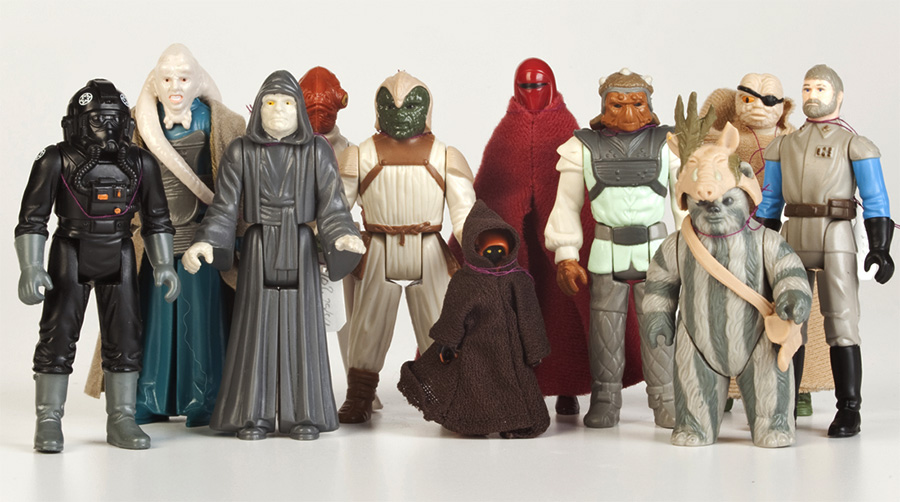
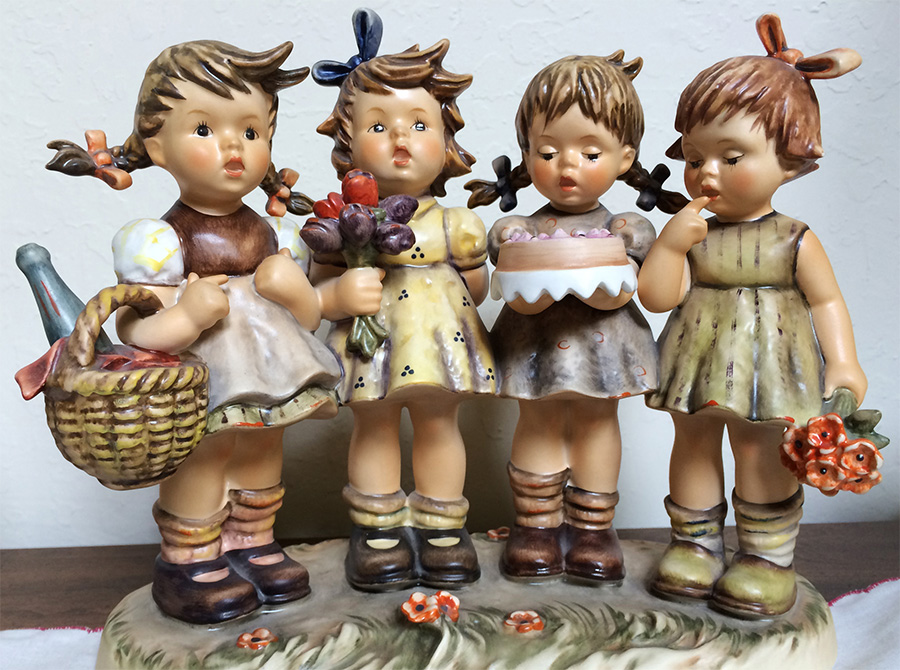
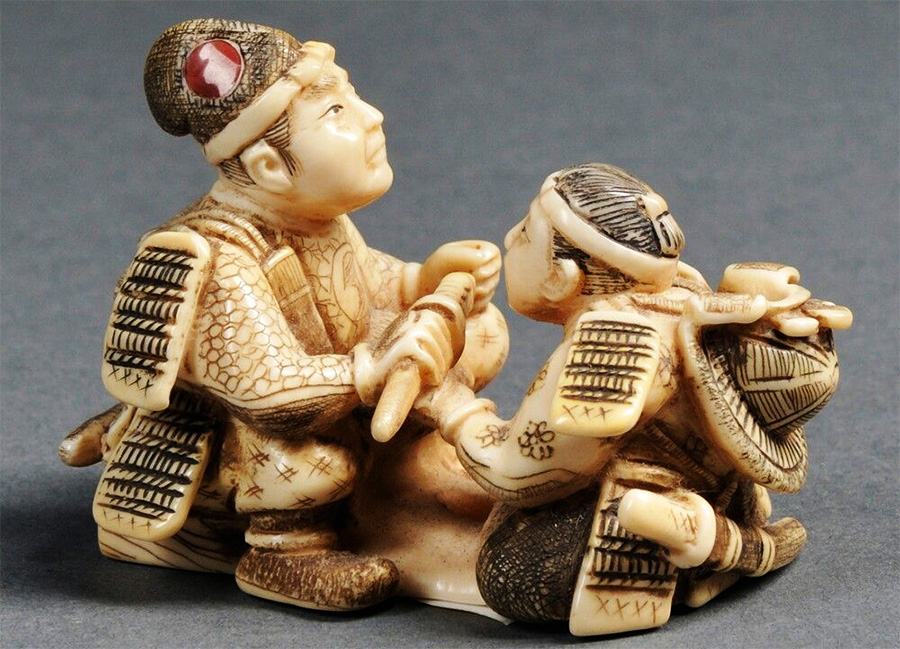
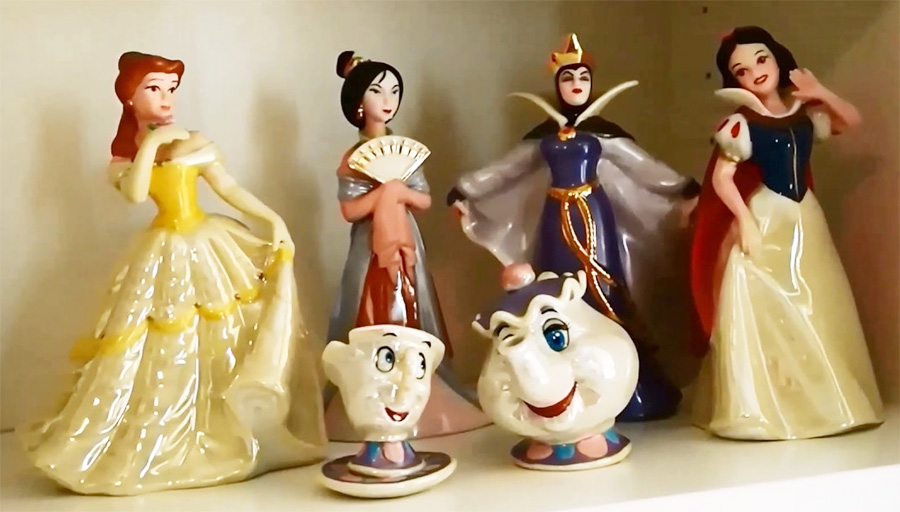
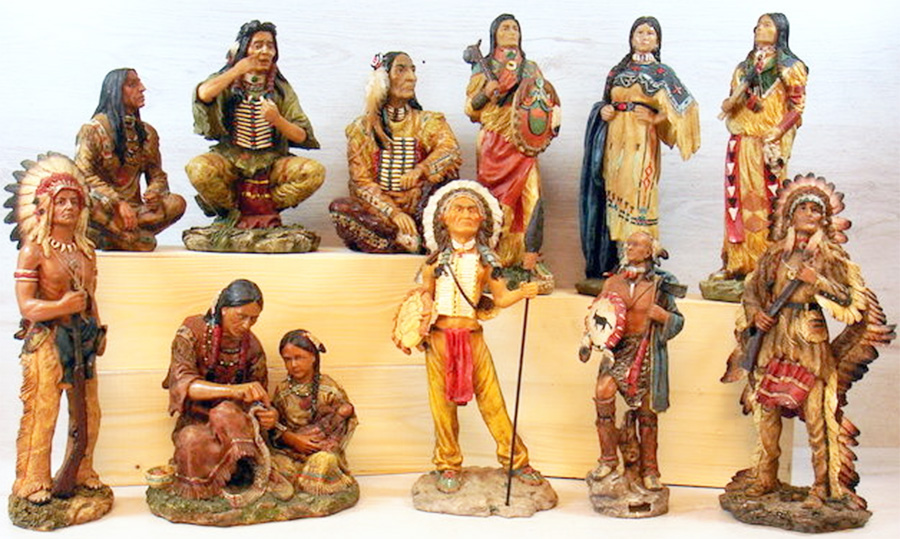
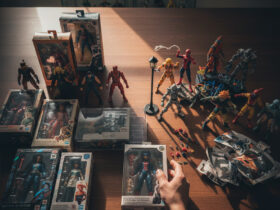

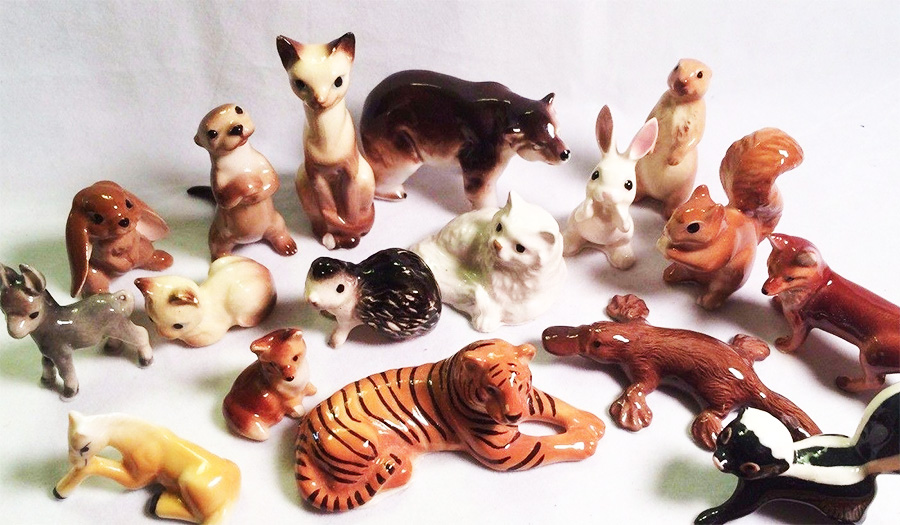
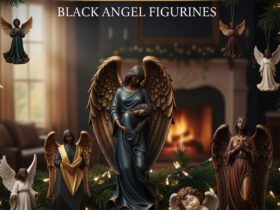
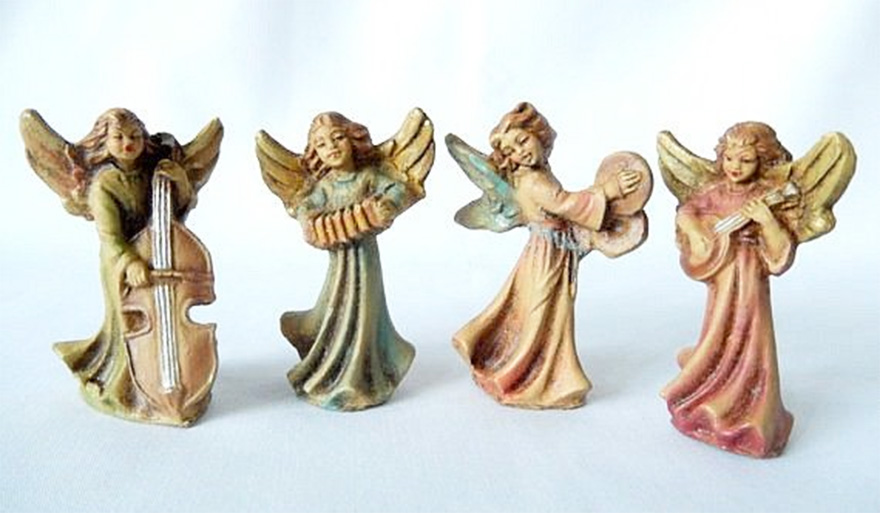
Leave a Reply